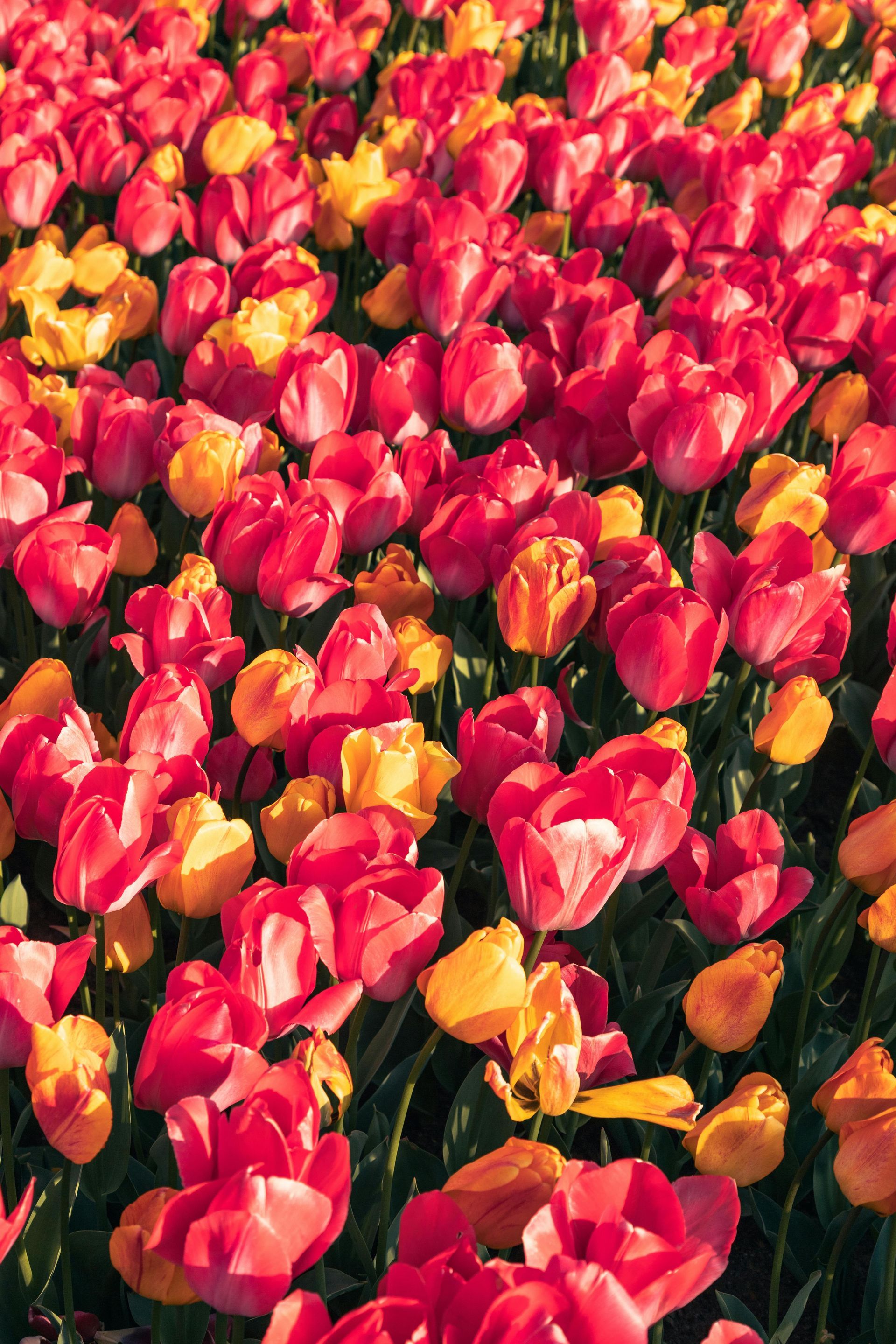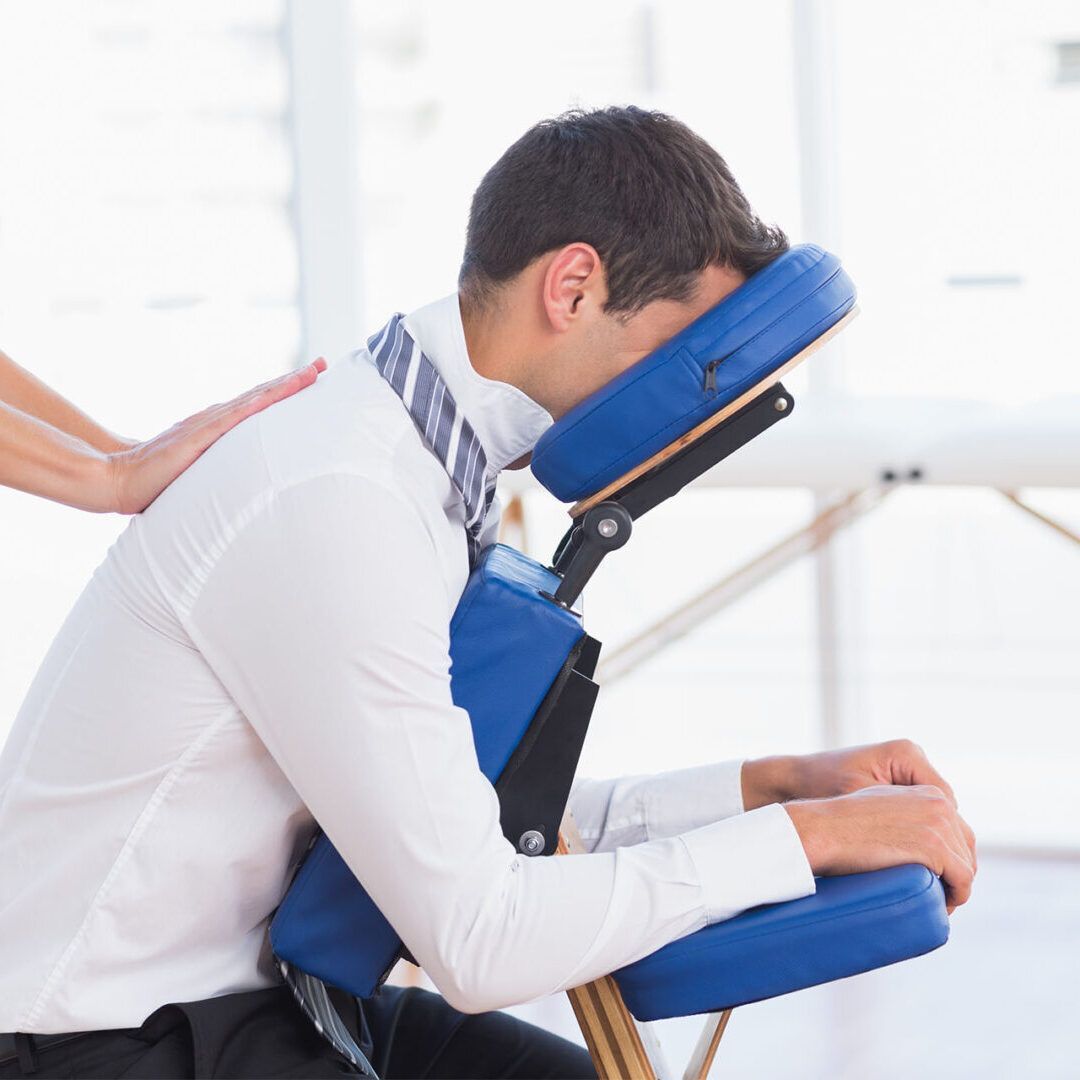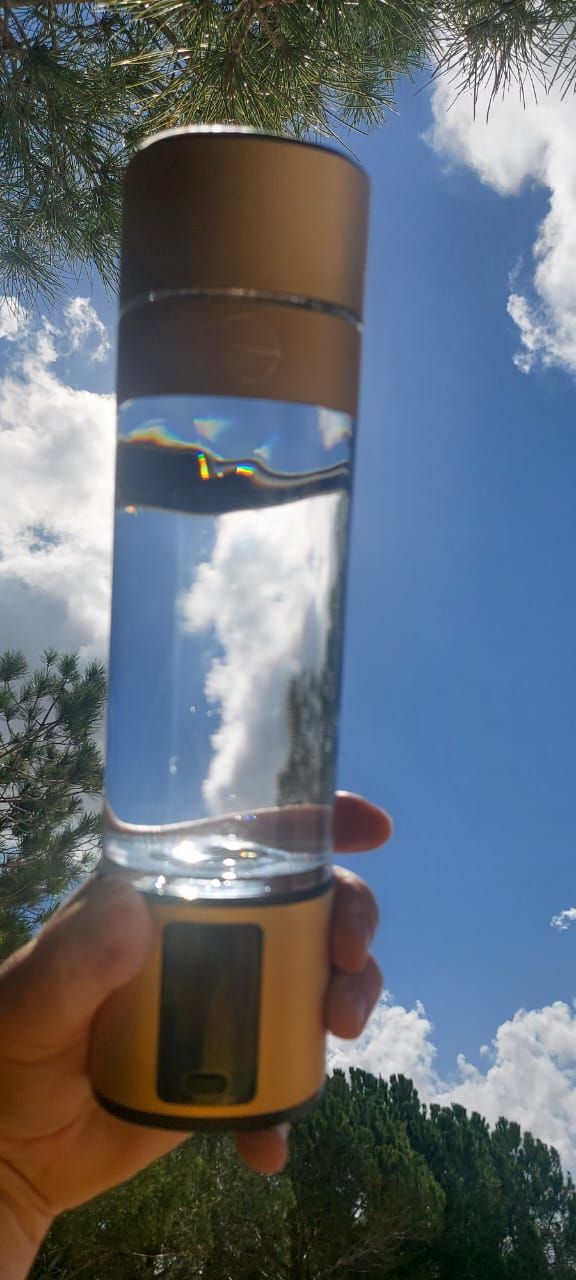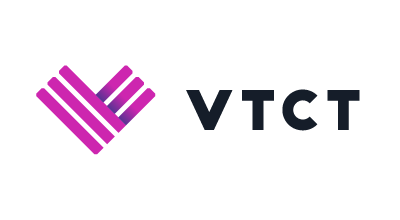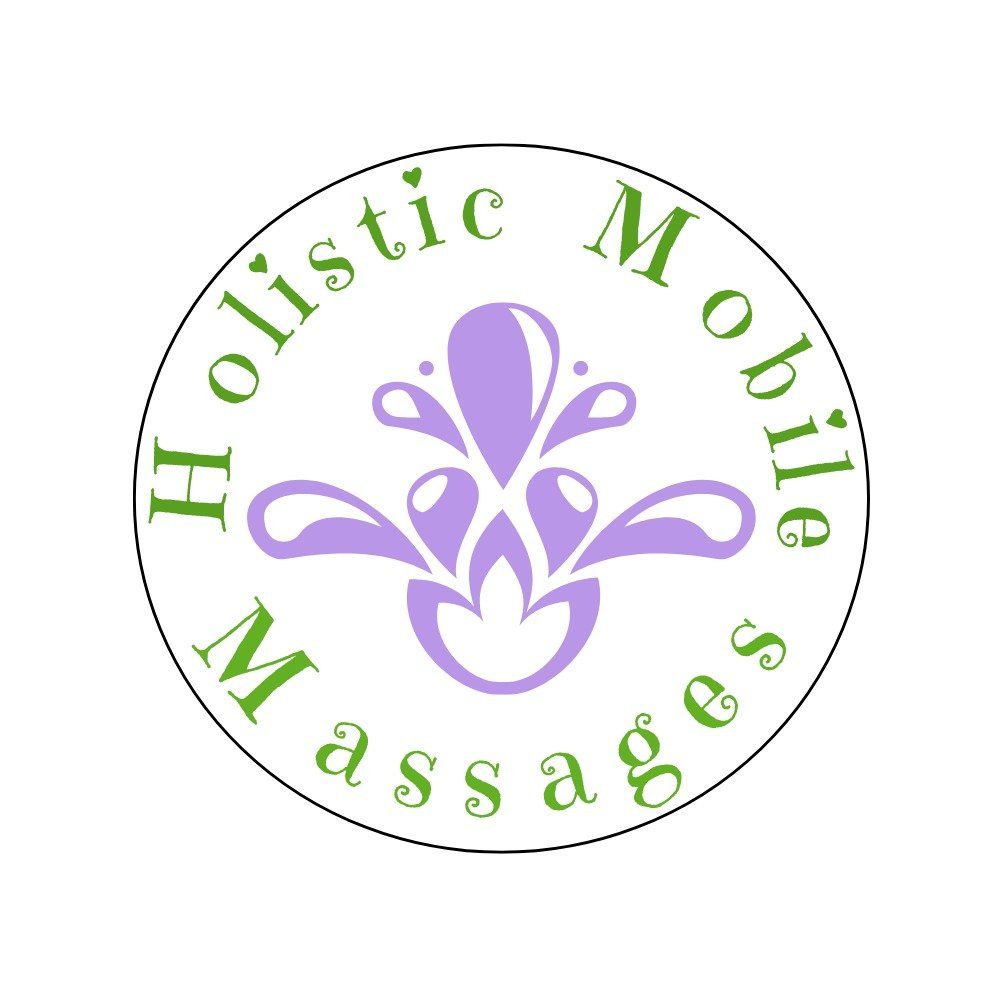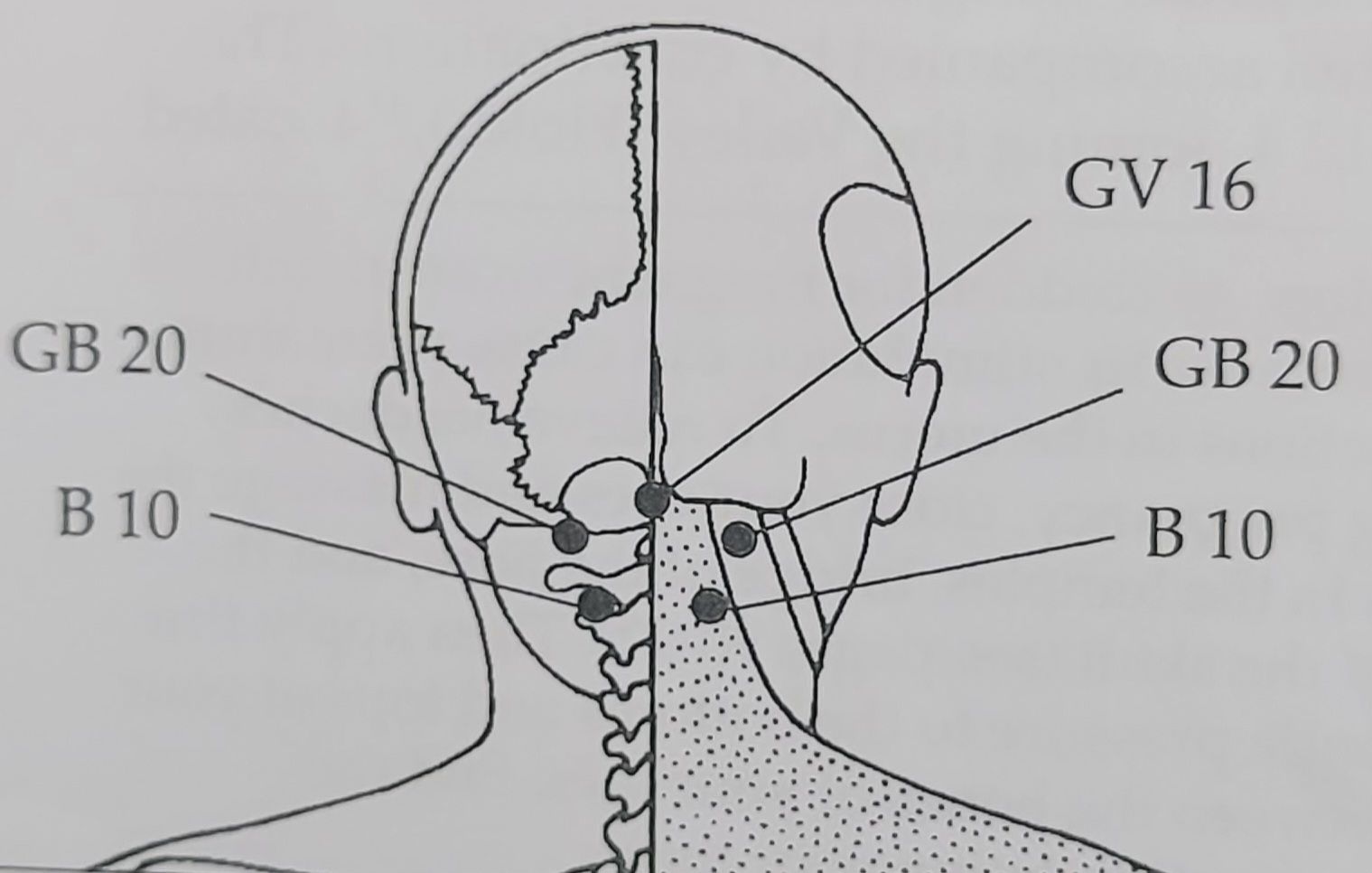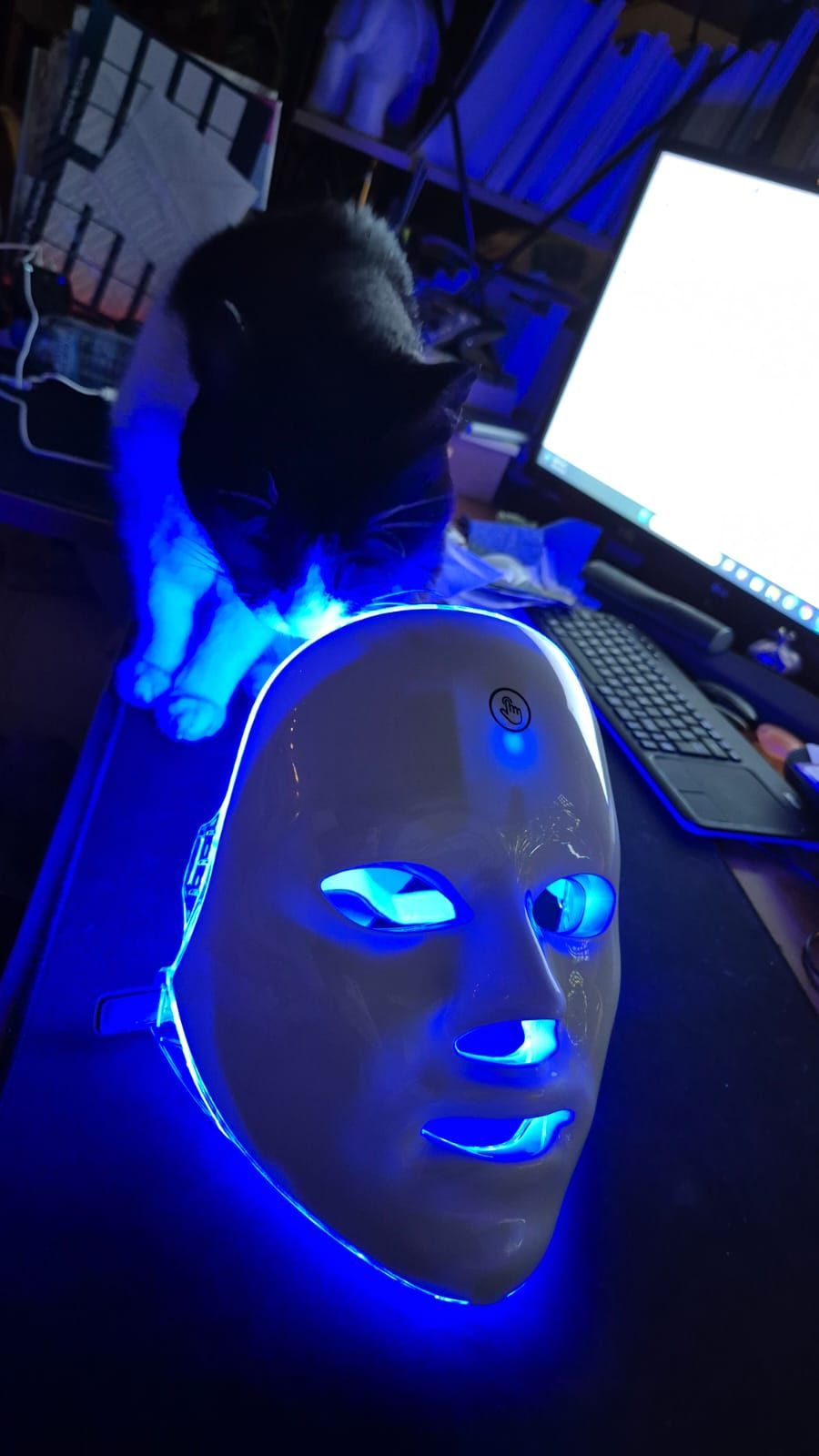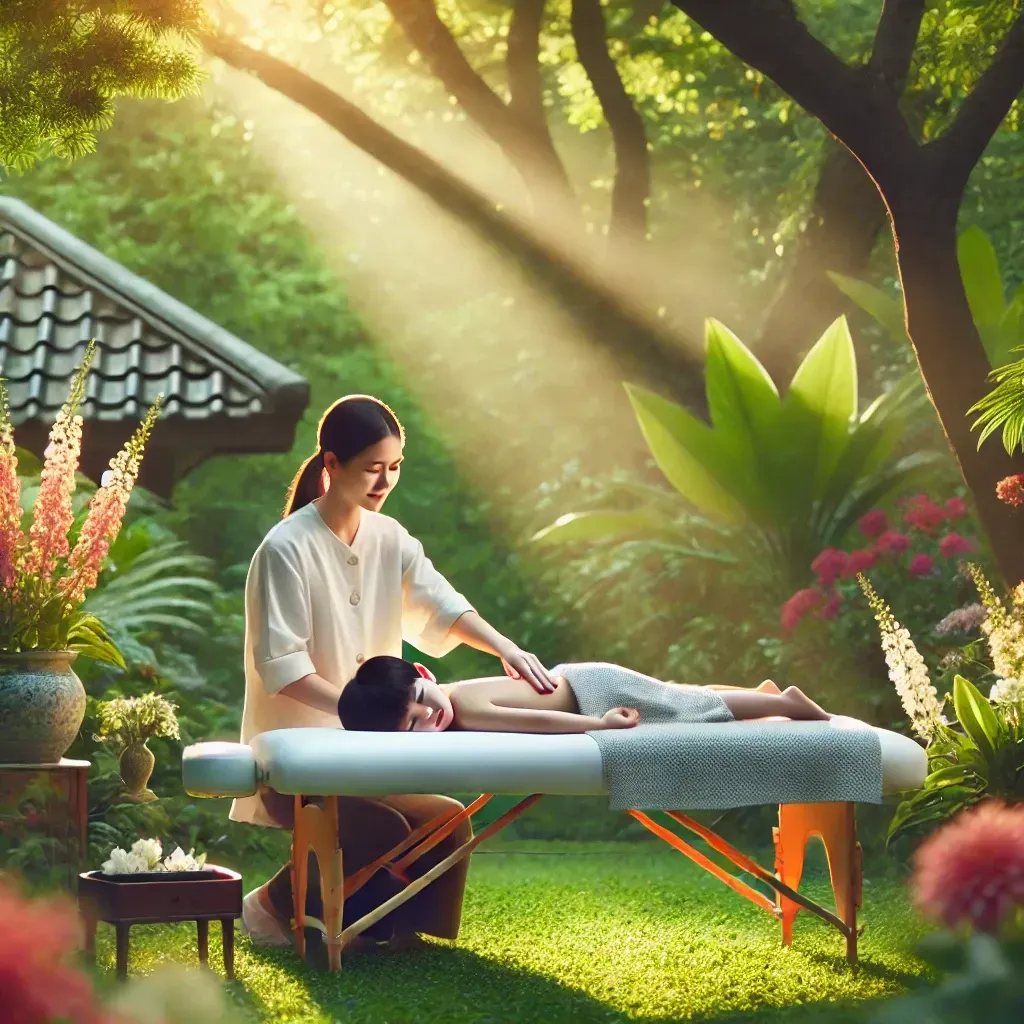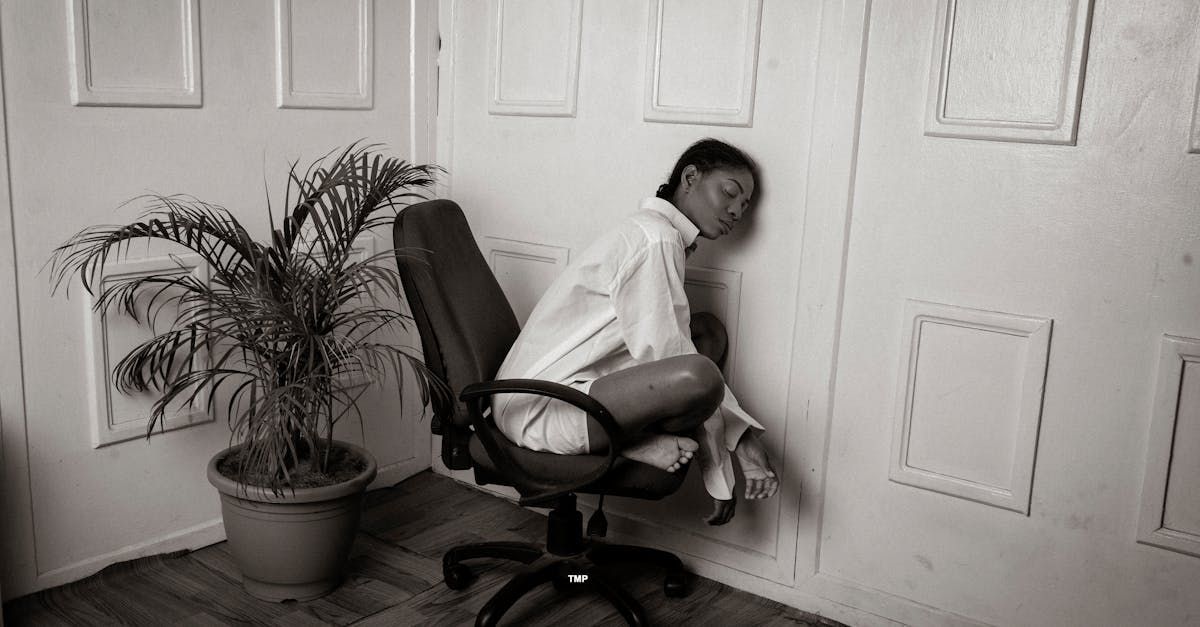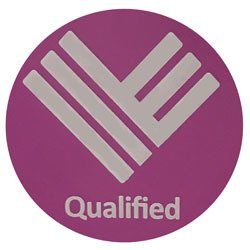Headache Chronicles: Deciphering the Different Types, Pressure Point Location, and Holistic Solutions
Headaches can be a real pain, but they don't always require medication. Understanding the various types of headaches, their unique characteristics, and employing self-massage techniques that target specific pressure points can provide effective relief.
In this article, we'll delve into different headache types, their descriptions, provide you with detailed pressure point descriptions and locations, along with self-massage techniques and helpful illustrations.
Additionally, we'll explore the importance of sleep, hydration, breathing, and stretching as preventive measures to keep headaches at bay.
Types of Headaches
1. Tension Headaches:
Description: Tension headaches are the most common and result from stress, muscle tension, or poor posture, often causing a dull, band-like pressure around the head.
Pressure Point: GB20 (Gallbladder 20) - Located at the base of the skull, in the hollows between the two large muscles. Relieves eye pain, headaches, hay fever, eye fatigue and sinus pain.
Locating GB20:
- Find the bony ridge at the base of your skull.
- Move your fingers about 1-2 centimetres outward from the centre of your spine on both sides.
- You will feel two small depressions or hollows; these are the GB20 points.
Self-Massage Technique:
- Use your thumbs to apply firm pressure to GB20 in a circular motion.
- Gently massage your temples in a circular motion using your fingertips.
Pressure Point: GV 16 (Governing Vessel 20) - Located in the center of the back of the head in a large hollow under the base of the skull. Relieves pain in the eyes, ears, nose and throat, as well as mental problems, headaches, vertigo and stiff neck.
Locating GV 16:
- Bend your head foreword ,find the point where your spine meets the skull and while holding the point bend gently your head back. You will feel the center hollow at the base of the skull.
Self-Massage Technique:
-Gently massage the area with circular motion using your fingertips.
Pressure Point: B10 ( Bladder 10) - Located one finger width bellow the base of the skull on the ropy muscles half centimeter outward from the spine. Relies stress, over exhaustion, insomnia, heaviness in the head, eye strain, stiff necks, swollen eyes and sore throats.
Locating B10 :
- Locate GB 20 and point thumbs toward and down the spine .
Self-Massage Technique:
-Gently massage the area with circular motion using your thumbs.
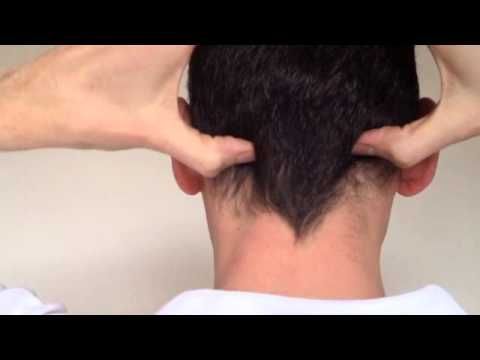
2. Migraines:
Description: Migraines are intense, throbbing headaches often accompanied by nausea, light sensitivity, and visual disturbances. They can last for hours or even days.
Pressure Point: LI4 (Large Intestine 4) - Found in the webbing between the thumb and index finger, at the highest spot of the muscle that protrudes when the thumb and index finger are brought close together.
!!! This point is forbidden for pregnant/trying to conceive, women until labour, because it's stimulation can cause premature contractions in the uterus.!!!
Reliefs frontal headaches, toothaches, shoulder pain and labour pain.
Locating LI4:
- Place your thumb and forefinger together, forming a "V."
- LI4 located in the centre of the fleshy webbing between your thumb and forefinger.
Self-Massage Technique:
- Apply firm pressure to LI4 for 1-2 minutes.
- Use your right thumb to press the webbing between the thumb and index finger of your left hand. Angle the pressure toward the bone that connects with the index finger. Hold for one minute. Then press this point for one minute on the opposite hand. If the point is active, it can hurt a lot!
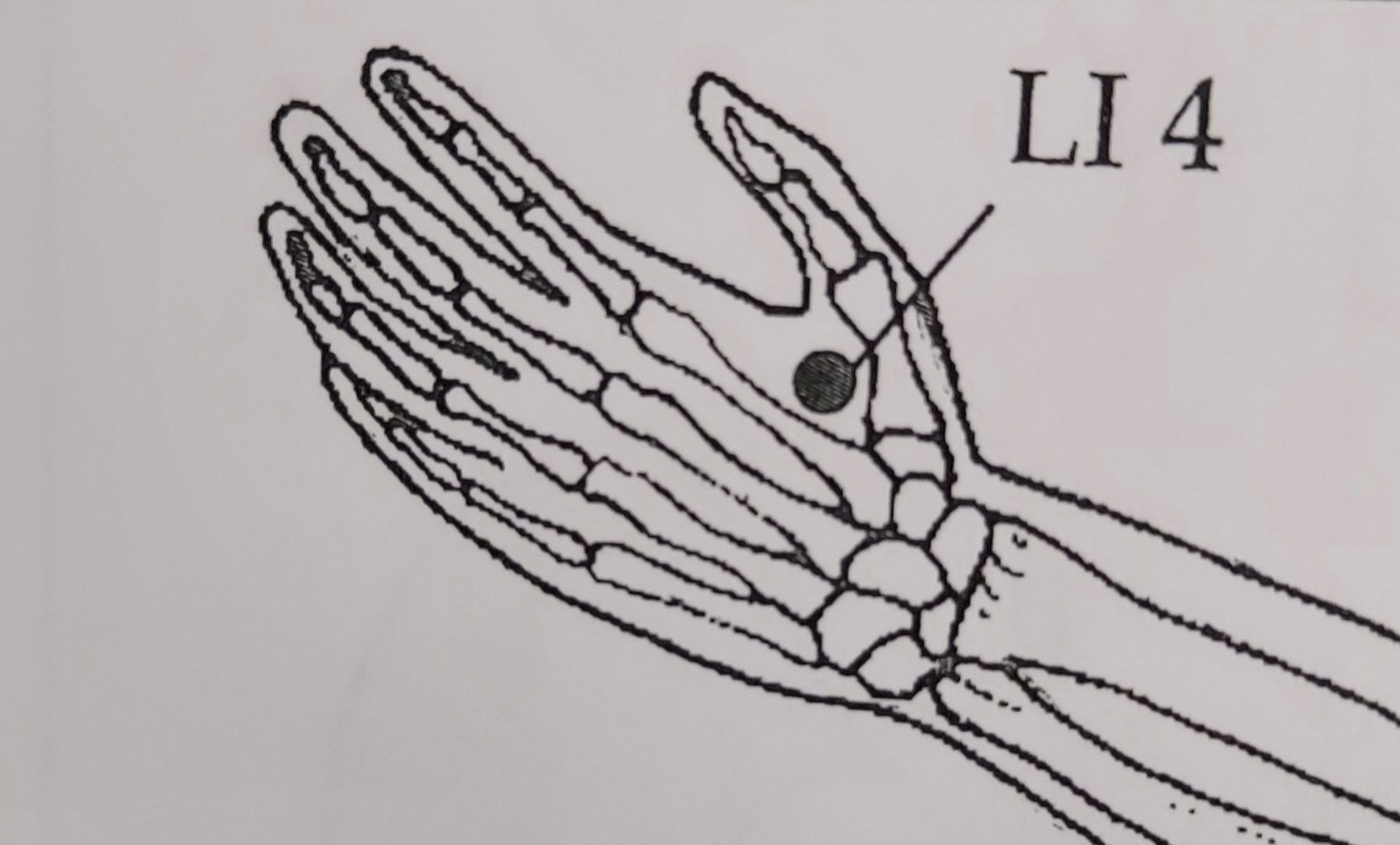

3. Cluster Headaches:
Description: Cluster headaches are excruciatingly painful and occur in clusters over weeks or months, often behind one eye. They are rare but extremely debilitating.
Pressure Point: ST3 (Stomach 3) - Located just below the cheekbone, in line with the pupil. Relieves stuffy nose, head congestion, burning eyes, eye fatigue and pressure.
Locating ST3:
- Place your finger along the bottom edge of your cheekbone.
- Move your finger outward towards your ear until you reach a slight depression.
Pressure Point: LI 20 (Liver 20) - Located on either cheek, just outside each nostril. Relieves nasal congestion, sinus pain, facial paralysis and facial swelling.
Locating LI 20:
- Place your finger along the bottom edge of your nose and feel for the slight depression.
Self-Massage Technique for ST 3 and LI 20:
- Place both of your middle fingers beside your nostrils and your index fingers next to them. Gradually press up and underneath the cheekbones for one minute.
- You can easily teach this step even to your child to help relive nasal congestion.
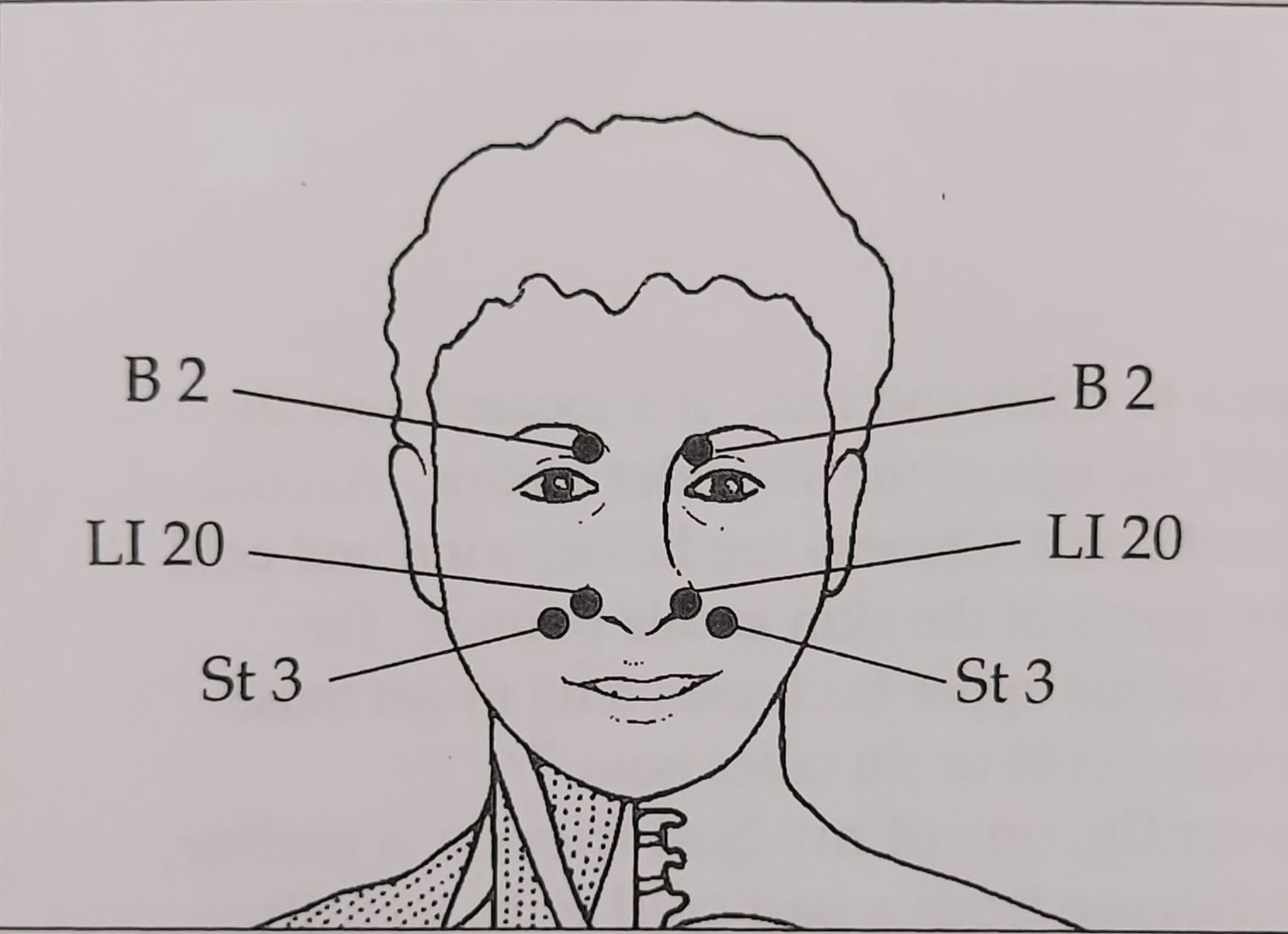
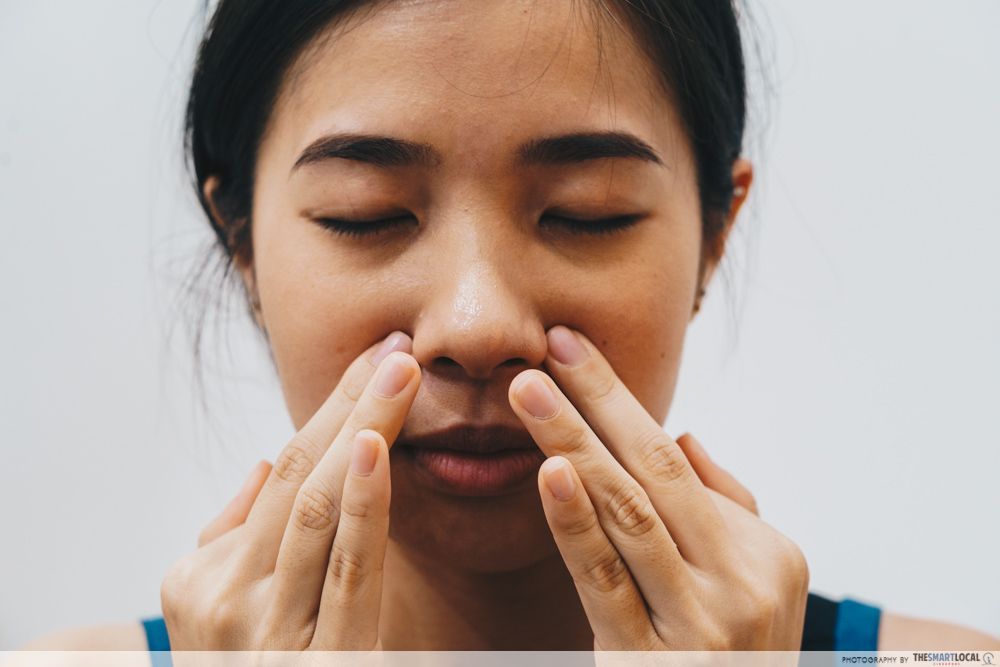
4. Sinus Headaches:
Description: Sinus headaches result from sinus inflammation and congestion, causing pain around the eyes, cheeks, and forehead.
Pressure Point: BL2 (Bladder 2) - Found in the hollows just above the inner corners of the eyes. Relieves eye pain, headaches, hay fever, eye fatigue, sinus pain.
Pressure Point: GV 24.5 (Third Eye Point) - found directly between the eyebrows, in the indentation where the bridge of the nose meets the forehead. This point balances the pituitary gland, and relieves hay fever, headaches, indigestion, ulcer pain, eyestrain.
Locating BL2 & GV 24.5
- Place your fingertips on the inner corners of your eyes.
- Move your fingers slightly upward, and you'll feel two small depressions or hollows for the BL2 and continue upwards for the GV 24.5 point.
Self-Massage Technique:
- Use your fingertips to gently massage BL2 and GV 24.5 in small circles.
- Apply pressure to your cheeks, moving your fingers upward.


Holistic Headache Prevention
1. Quality Sleep: Adequate sleep is crucial for headache prevention. Ensure you get 6-9 hours of restful sleep each night to allow your body and mind to recover. If you don't know what's your ideal sleeping time, for a couple od days experiment with going to bed at different hour's and record how you felt when waking up and how productive your day was. We all have different rhythm's and life styles.
2. Hydration: Dehydration can trigger headaches. Drink plenty of water throughout the day to stay properly hydrated.
3. Breathing Exercises: Practicing deep breathing exercises can reduce stress and tension, which are common headache triggers. Take short breaks during the day to focus on your breath.
4. Stretching: Incorporate gentle neck and shoulder stretches into your daily routine to release tension in these areas. This can prevent tension headaches.
Benefits of Professional Massage for Headache Prevention
1. Muscle Relaxation: One of the primary causes of tension headaches is muscle tension in the neck, shoulders, and upper back. Professional massage therapists are skilled at targeting these areas, using techniques like Swedish massage and deep tissue massage to release muscle tension and promote relaxation.
2. Stress Reduction: Stress is a major trigger for many types of headaches, including tension headaches and migraines. Regular massage helps reduce stress by increasing the production of endorphins, the body's natural stress-relievers.
3. Improved Blood Circulation: Proper blood circulation is vital for preventing headaches. Massage therapy promotes better blood flow throughout the body, ensuring that oxygen and nutrients reach the brain more efficiently.
4. Enhanced Sleep Quality: Adequate sleep is crucial for headache prevention. Many people who receive regular massages report improved sleep quality, helping to reduce the risk of headaches associated with sleep deprivation.
5. Release of Tension in Trigger Points: Trigger points, often found in the neck and shoulders, can refer pain to the head and cause headaches. Professional massage therapists are skilled at identifying and releasing these trigger points, providing relief from headache-related discomfort.
6. Tailored Treatment Plans: A professional massage therapist can create a personalized treatment plan that addresses your specific headache triggers and concerns. This tailored approach can be highly effective in preventing headaches.
7. Holistic Approach: Professional massage is a holistic approach to headache prevention. It combines physical techniques with relaxation, stress reduction, and overall well-being, providing a comprehensive solution to headache management.
Conclusion
While self-massage and holistic practices play an essential role in preventing headaches, the benefits of regular professional massage therapy cannot be overstated. Massage therapists possess the expertise to target tension, stress, and trigger points that often contribute to headaches. By incorporating professional massage into your wellness routine, you can significantly reduce the frequency and intensity of headaches while promoting overall health and relaxation.
Remember to consult with a healthcare professional if your headaches persist or worsen, and consider adding professional massage therapy to your headache prevention arsenal for a happier, healthier life with fewer interruptions.
